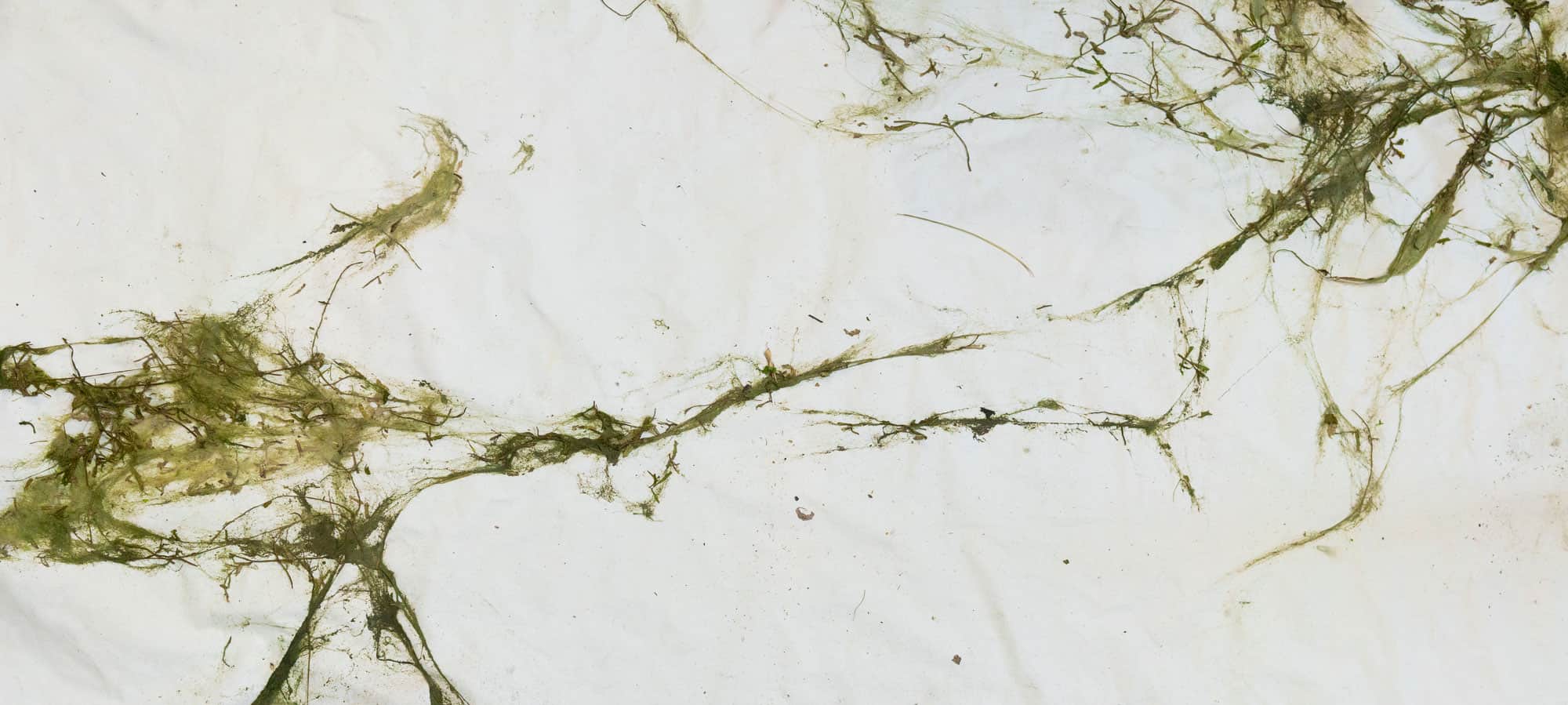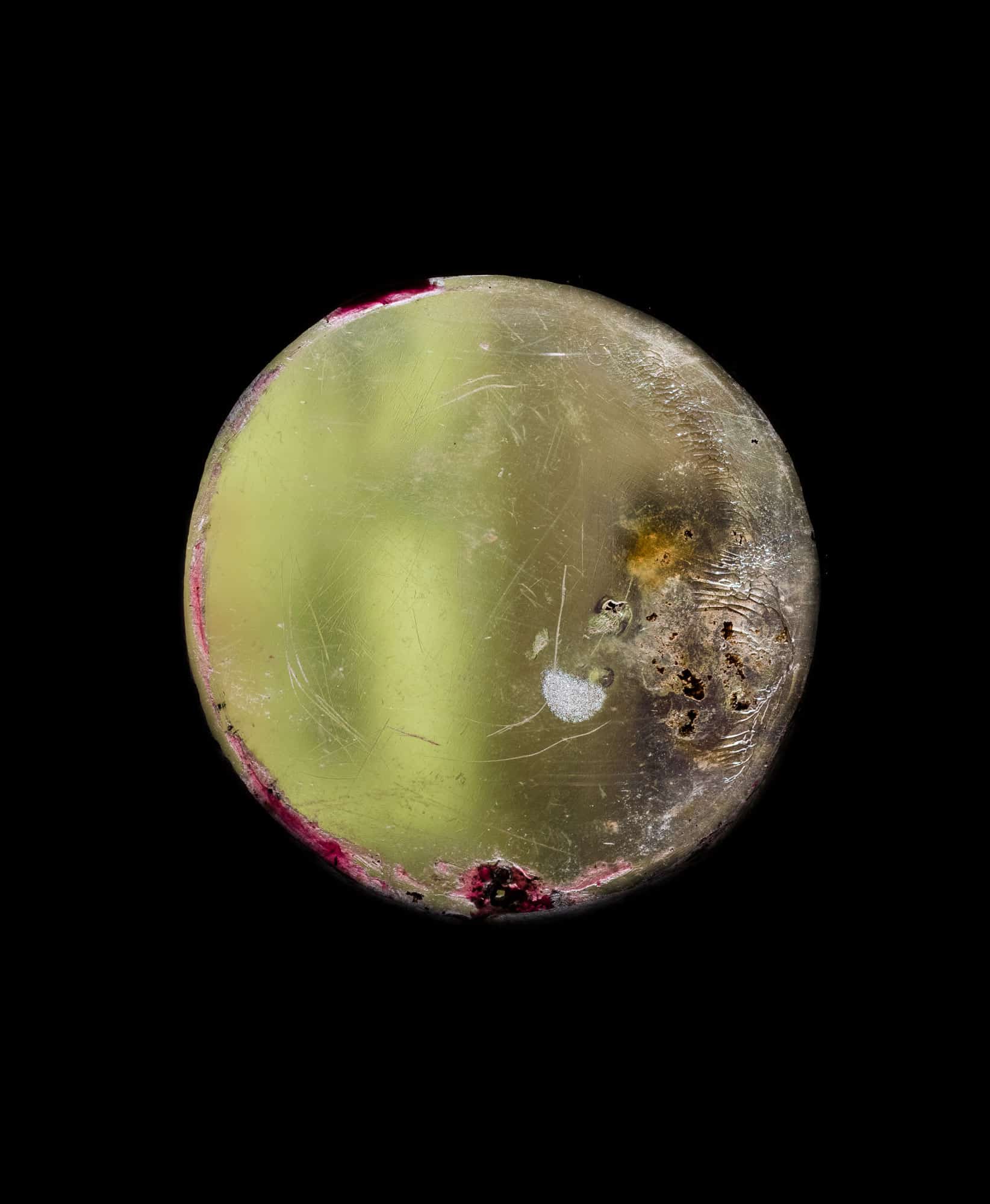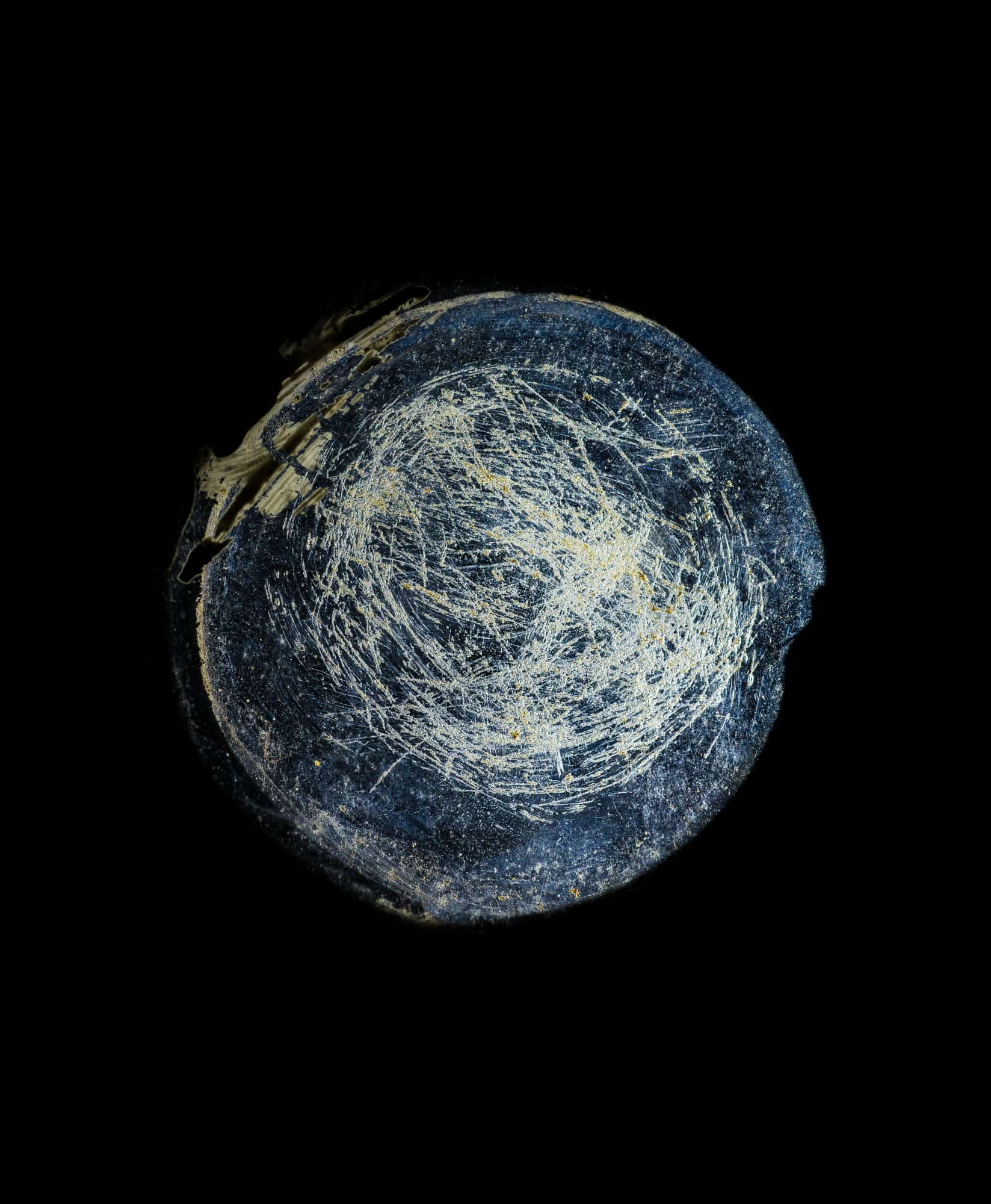From the 4th to the 20th of September in the Polish city of Sopot will be held the photography festival “W Ramach Sopotu”. During the 6th edition of the festival the exhibiting artists will include not only residents from Poland such as Marta Berens, Maksymilian Rigamonti and Piotr Zbierski, but also foreign photographers: Sergey Melnitchenko (Ukraine) and Valentyn Odnoviun (Lithuania). I had a chance to talk with Valentyn about his art and the photographer’s future.

Valentyn Odnoviun, photo by Tomasz Lewandowski
Vera Zborovska: How did you begin your journey with photography? Which photographers influenced you?
Valentyn Odnoviun: I first started with photography at 17 years old as a part of the rehabilitation after undergoing heavy cancer treatment via chemotherapy and radiation, from the age of 13.
My “dive” into conceptual photography began when in 2014 I started my MA research titled “Correlation Between the Image and the Reason for the Image” at Vilnius Art Academy, Photography and Media Arts Department.
I wouldn’t say it was actual photographers who influenced me. I would say that above all I was influenced by philosophers such as Vilem Flusser and Jacques Derrida, by my supervisor professor Alvydas Lukys, by the artworks of Jackson Pollock and Mark Rothko as well as forensic investigators.
VZ: Do you think photography is an illustration of reality or does it generate its own reality?
VO: A photograph does not tell us much by itself. For me, a photograph is more a canvas that is open for interpretation.

Inspired by Jacek Tylicki
VZ: In that case the viewer has a key role in the interpretation of the photograph. If so, don’t you think that the viewer must also have the historical and aesthetic context of the photograph?
VO: With an “abstract” photograph the viewer plays a bigger role in the reaction to, and thus the creation of the image, which is triggered by the context and reflected back from the surface of the photograph into the viewer’s mind.
If we merely look at an unknown photograph, it is impossible to know what it is a photograph of; without history or context, a range of interpretations can surface. The viewer himself creates meaning based on the baggage of his personal, cultural and historical experience and to some extent from collective unconsciousness memory. The image acquires its meaning in the context in which it was placed, and this meaning becomes a new reality for it.
VZ: I know that you are not engaged in portraiture, but how do you think the process of interpreting this type of photography occurs?
VO: Portraiture is an iconic representation. People tend to perceive it as more objective and a portrait presupposes certain interpretations. Placing it into a different context, it can be easily used for manipulation of the viewer’s opinion to be perceived in a particular way.
I use indexical mode and work with the concept of traces. An “abstract” looking image will create desire to understand, and not only observe, resulting in a more convenient and personal experience of a given idea.

Valentyn Odnoviun, Prison Cell Door, Spyhole. KGB Prison, Riga, Latvia
VZ: As a resident of this year’s “W Ramach Sopotu” photography festival, tell me why an artist should take part in such events?
VO: Online connections play a bigger role right now, but personal intersections among those who are interested in photography are still relevant in my opinion.
Events such as these are where photographers can meet with each other, share each other’s artworks and thoughts, meet with curators and gallerists and create new connections, gain visibility and recognition in art and photography circles.
VZ: So, nowadays networking is very important for a photographer?
VO: Of course.

Warsaw Uprising, Plastered Bullet Holes
VZ: You are presenting not only your latest project in the form of an exhibition, but also the artwork created during “W Ramach Sopotu” festival. Please tell me more about both projects.
VO: In the festival I am exhibiting the “Surveillance” project. This project consists of photographs of walking yards and prison cell door spyholes found in former political prisons of Eastern Europe.
The series shows how images can become evidence of an event and create a paradoxical perception. Revealing the power of the context they evoke in the viewer’s mind the image concealed in the work. These photographs embody real traces of events, objects and memories. They serve as platforms for imagining them in a more interpretative form. Such traces are a part of our surrounding, our logic and what makes sense when we put them together.
As an artist in residence I created an artwork inspired by world famous artist from Sopot, Jacek Tylicki. Working with an abstract-like image, I was inspired by his work to create a piece that would preserve the imprint of nature. I left canvas in a muddy lake, and when I took it back after some time, plants and other artifacts created an abstract-like pattern, a trace. It was impossible to create this work in Sopot due to COVID-19 restrictions, so I made it on a distance. It is great being able to be inspired by an artist from abroad, even if borders are closed, to create something new. One may interpret that artistic inspiration has no borders.

Valentyn Odnoviun, Prison Cell Door, Spyhole. KGB Prison, Riga, Latvia








